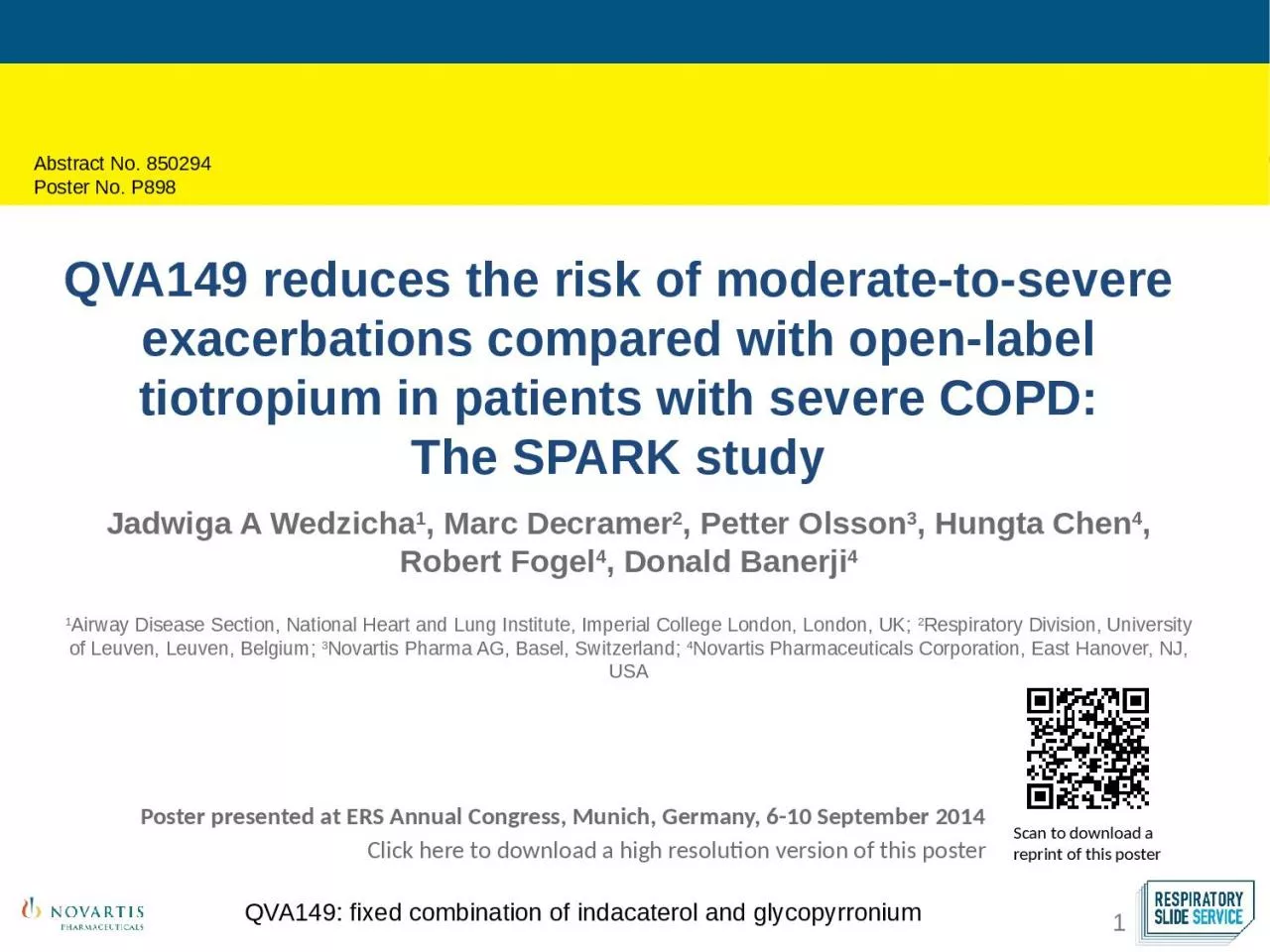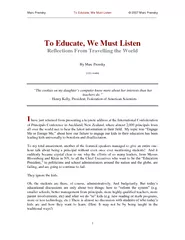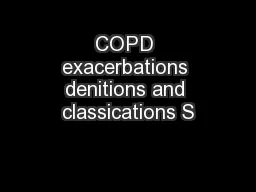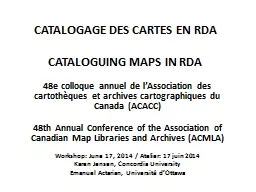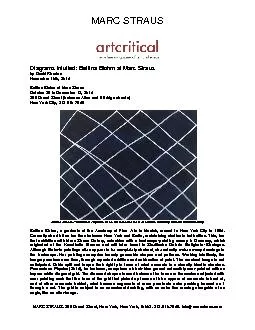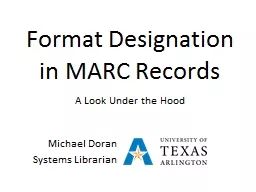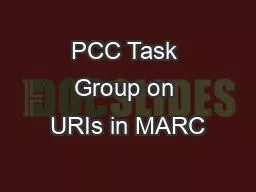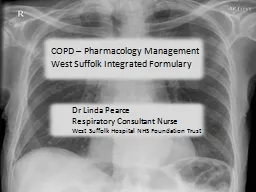PPT-Jadwiga A Wedzicha 1 , Marc Decramer
Author : anastasia | Published Date : 2024-03-13
2 Petter Olsson 3 Hungta Chen 4 Robert Fogel 4 Donald Banerji 4 1 Airway Disease Section National Heart and Lung Institute Imperial College London London
Presentation Embed Code
Download Presentation
Download Presentation The PPT/PDF document "Jadwiga A Wedzicha 1 , Marc Decramer" is the property of its rightful owner. Permission is granted to download and print the materials on this website for personal, non-commercial use only, and to display it on your personal computer provided you do not modify the materials and that you retain all copyright notices contained in the materials. By downloading content from our website, you accept the terms of this agreement.
Jadwiga A Wedzicha 1 , Marc Decramer: Transcript
Download Rules Of Document
"Jadwiga A Wedzicha 1 , Marc Decramer"The content belongs to its owner. You may download and print it for personal use, without modification, and keep all copyright notices. By downloading, you agree to these terms.
Related Documents

